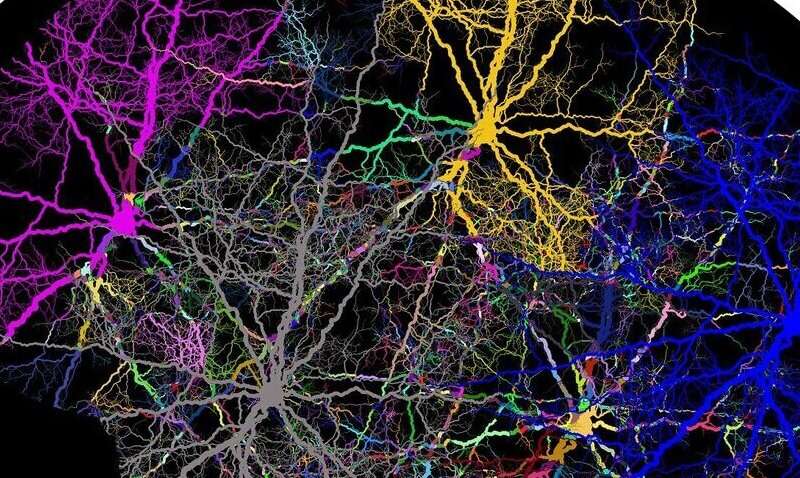
New research from Cedars-Sinai has identified the pathways of neurons that help people retrieve information from memories and use that information to make decisions—a discovery that may aid development of future treatments for memory disorders that accompany certain conditions, like schizophrenia and Alzheimer’s disease.
The research, led by Ueli Rutishauser, Ph.D., professor of Neurosurgery, Neurology and Biomedical Sciences, and Board of Governors Chair in Neurosciences at Cedars-Sinai, appears June 26 in the journal Science. This scientific work provides a detailed understanding of the neural networks behind the conscious recollection of information. Understanding those networks is laying the groundwork for scientists working on diseases and other problems within the brain that impact memory.
“This study sheds important light on how memories are retrieved to allow us to make decisions based on past experience,” Rutishauser said. “Our long-term goal is to enable the development of new treatments that combat the devastating effects of memory disorders.”
Cognitive flexibility is essential for many of the daily tasks that we perform, like remembering where we parked the car. A crucial aspect of this flexibility is the ability to rapidly change what we are doing based on a goal.
“What we discovered is a key aspect of the neural networks that are engaged when we effortfully search our memory for a piece of information needed to make a decision,” said Juri Minxha, Ph.D., postdoctoral scholar in Neurosurgery and the first author of the study.
In the study, subjects switched between two tasks—a categorization task and a memory task. For the categorization task, they were shown a series of images that included human faces, monkey faces, fruits and cars, and were asked after each image to determine whether it belonged to a certain visual category—for example, whether it was a fruit. Subjects indicated “yes” or “no” by pressing a button or moving their eyes to their selected choice, which was recorded using an eye-tracking device.
For the memory task, the subjects viewed a series of images and were asked whether each image was new or familiar. Again, they indicated their “yes” or “no” decisions by a button press or eye movement.
The investigators monitored the activity of single neurons in the subjects’ brains using small electrodes that had been implanted by co-investigator Adam Mamelak, MD, professor of Neurosurgery, for the treatment of epilepsy.
The investigators found that, in people performing the memory task, specific neurons in the medial frontal cortex (part of the brain involved in decision-making) coordinated their activity with neurons in the hippocampus (part of the brain involved in learning and memory) to create “memory pathways.” When patients switched to performing the categorization task, these pathways were no longer active.
“Our study showed that the pathways between the hippocampus and the medial frontal cortex are selectively switched on when the person needs that information,” Rutishauser said.
The study found no difference between the activation of these pathways in subjects who indicated their choice with the push button and those who used eye tracking.
“This result is important because it shows that these neurons signal the decision in an abstract form, not the activation of a particular movement to communicate the decision,” Rutishauser said.
The team is now investigating whether the same mechanism is involved in switching between different types of memory retrieval. The investigators also are studying ways to strengthen these newly discovered “memory pathways.” The investigators hypothesize that strengthening these pathways could hold the key to improving memory in patients suffering from certain memory disorders.
Cedars-Sinai Medical Center

